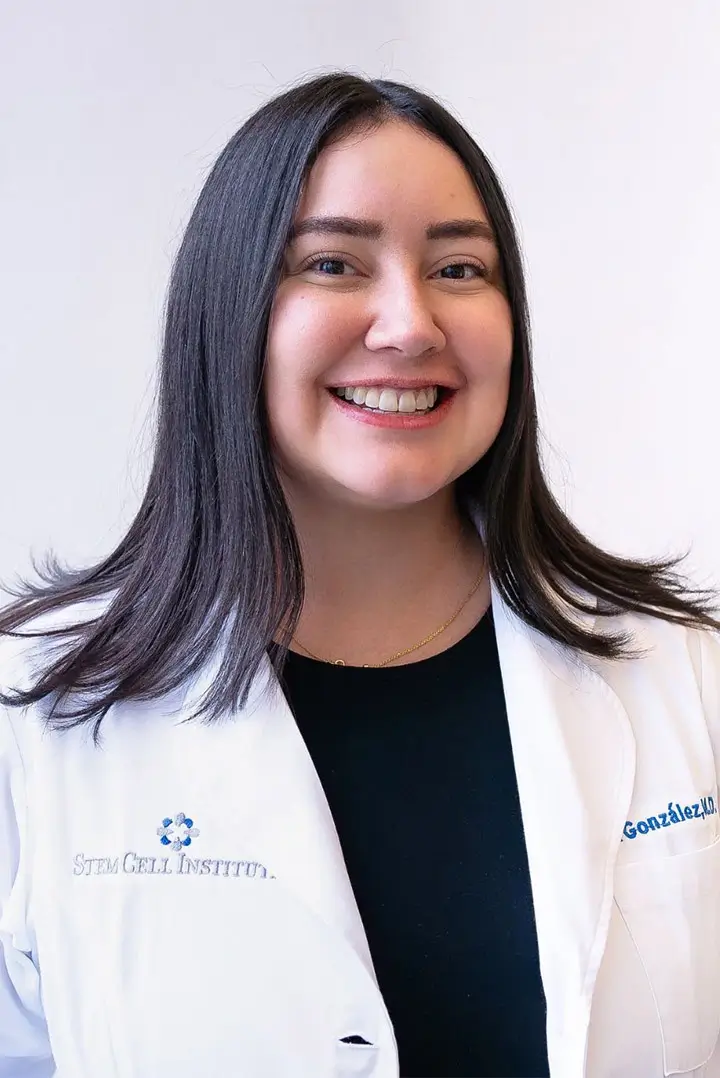Researchers at the Burnett School of Biomedical Sciences at the University of Central Florida today announced positive results in the treatment of Alzheimer’s disease with adult stem cells in mice.
Led by Dr. Kiminobu Sugaya, the scientists used a unique combination of neural stem cells differentiated from bone marrow-derived mesenchymal stem cells, together with the compound phenserine – a highly selective AChE (acetylcholinesterase) inhibitor – to treat a mouse model of Alzheimer’s disease. Not only did the scientists observe the regeneration of new neurons in the brains of the mice following the treatment, but they also found a significant reduction in the amyloid plaque that characterizes Alzheimer’s disease.
According to Dr. Sugaya, "If our success with mice can translate into the human brain, it could give hope to patients and their families."
Alzheimer’s disease is characterized by very specific neurological abnormalities which ultimately result in very specific types of behavioral abnormalities. Neurologically, there are 3 main identifying features of Alzheimer’s disease, namely, 1) beta-amyloid plaques, which form outside and around neurons, 2) neurofibrillary tangles, which form inside dead neurons, and 3) overall dramatic shrinkage of neural tissue. The plaques and tangles in particular have come to be regarded as the hallmarks of Alzheimer’s, although it is not yet known whether these features are a cause of the disease or merely a byproduct. The gross atrophy of the brain that is seen in advanced stages of Alzheimer’s is a result of the widespread death of neuronal cells, and the concomitant loss of their synaptic connections. In severe cases the brain may be reduced by as much as a third of its normal size. Behaviorally, the symptoms of Alzheimer’s disease are often mistaken in the early stages for a normal part of the aging process. However, Alzheimer’s does not represent normal aging.
The website of the National Institute of Neurological Disorders and Stroke (NINDS), a branch of the National Institutes of Health (NIH), offers the following official definition: "Alzheimer’s disease is a progressive, neurodegenerative disease characterized in the brain by abnormal clumps (amyloid plaques) and tangled bundles of fibers (neurofibrillary tangles) composed of misplaced proteins." Also on the same website, the NINDS researchers further add that, "There is no cure for Alzheimer’s disease and no way to slow the progression of the disease."
Indeed, prior to the advent of stem cell technology, conventional medicine offered no known effective therapy for Alzheimer’s. Now, however, adult stem cell therapy may possibly offer the first type of treatment which not only slows the progression of the disease by eliminating the plaques and tangles, but which also reverses symptoms of the disease by regenerating new neurons.
Dr. Sugaya has previously published a number of studies characterizing the physiological function of the beta-amyloid precursor protein, as well as the ability of bone marrow-derived mesenchymal stem cells to differentiate into both neurons and glia. As stated on his webpage, Dr. Sugaya is focused on the ultimate development of a neuroreplacement therapy using human mesenchymal stem cells for the treatment of a number of neurodegenerative diseases which include Alzheimer’s.
Approximately 37 million people worldwide suffer from various forms of dementia, with Alzheimer’s disease constituting the majority of cases. It has been estimated that 18 million people throughout the world are afflicted with Alzheimer’s, approximately 5.3 million of whom are in the U.S., and these figures are expected to double by the year 2025. Although Alzheimer’s is often associated with industrialized societies, currently over half of all people who suffer with this disease are reportedly living in developing nations.
In addition to U.S. President Ronald Reagan, many other prominent individuals have suffered from Alzheimer’s disease, including the former Prime Minister of Britain, Harold Wilson, the choreographer George Balanchine, the composer Aaron Copeland, and the actress Rita Hayworth.
(Please see the related sub-section on this website, entitled "Alzheimer’s Disease", listed in the "Research" section).

